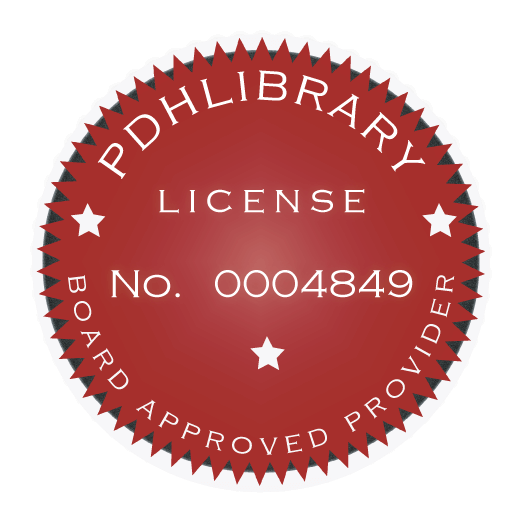Course Description
This publication provides an introduction to design of railroad trackage. Included are roadways, ballast, ties, rails, track grade, turnouts, crossovers, highway crossings, sidings, warehouse trackage, track scales, and yards.
Course Outline
1. INTRODUCTION
2. ROADWAY
3. BALLAST AND SUB-BALLAST
4. TIES
5. TRACK
6. RUNNING TRACK GRADE AND ALIGNMENT
7. TURNOUTS AND CROSSOVERS
8. HIGHWAY GRADE CROSSINGS
9. TRACKAGE IN PAVEMENT
10. SIDINGS
11. WAREHOUSE TRACKAGE
12. TRACK SCALES
13. YARDS
Learning Objectives
Learn the parameters for design of railroad trackage roadways.
Learn about the design and construction of trackage ballast and sub-ballast.
Learn about standardized track and tie configurations and materials.
Learn about design considerations for running track alignment and grade.
Learn the approach to design of highway grade crossings.
Learn about siding trackage.
Learn parameters for warehouse trackage.
Learn about track scales.
Intended Audience
This course is intended for engineers and other design and construction professionals wanting an introduction to the process technologies, equipment and design practices needed to treat domestic wastewater and treat and dispose of the resultant sludge.
Benefit for Attendee
This course will give engineers and others an introduction to railroad trackage design.
Course Introduction
This is an introduction to the standards and practices for design of running, siding and yard trackage for railroads in the United States.
Course Content
[Please Provide A Stand-Alone MS Word Document for Course Content Only]
Course Summary
This course will give you professional tools that will allow you to better understand railroad trackage design and construction issues.
Once you finish studying the above course content, you need to take a quiz to obtain the PDH credits.
DISCLAIMER: The materials contained in the online course are not intended as a representation or warranty on the part of PDHonline.org or any other person/organization named herein. The materials are for general information only. They are not a substitute for competent professional advice. Application of this information to a specific project should be reviewed by a registered professional engineer. Anyone making use of the information set forth herein does so at their own risk and assumes any and all resulting liability arising therefrom.

